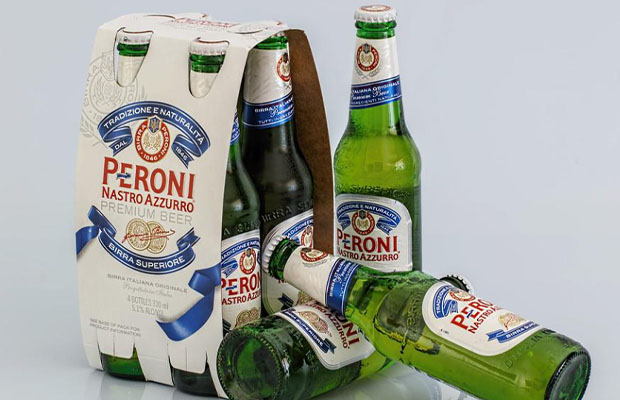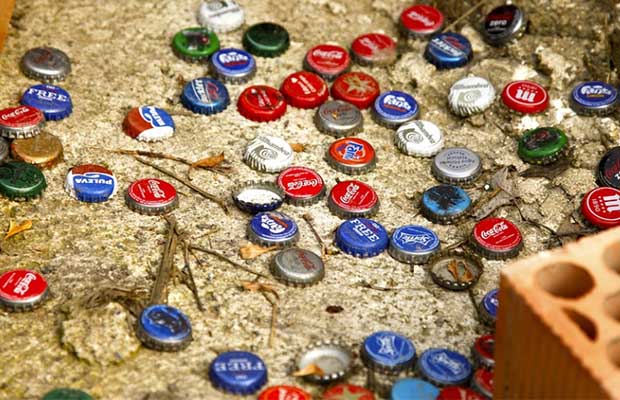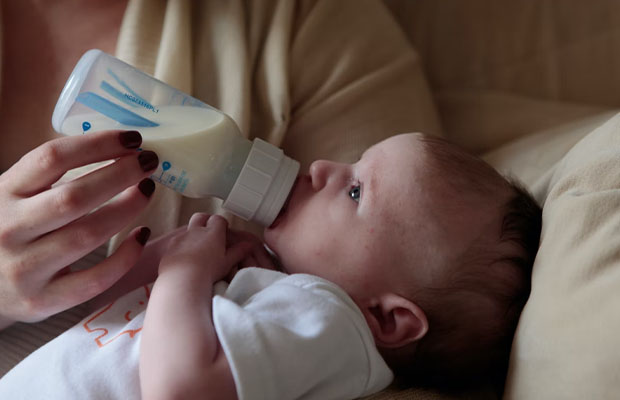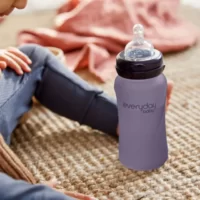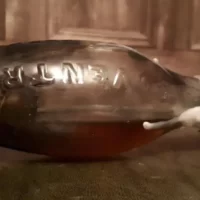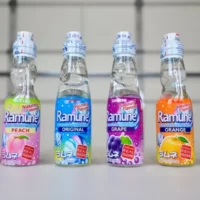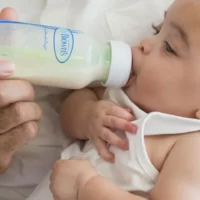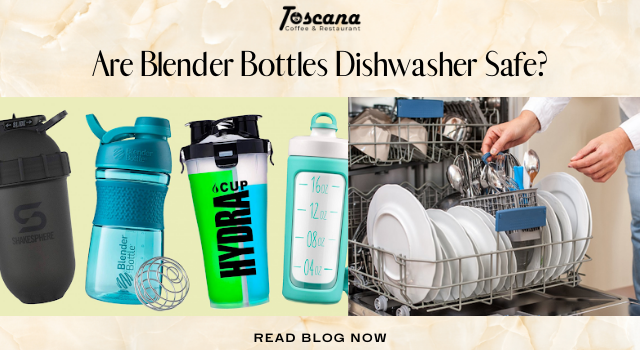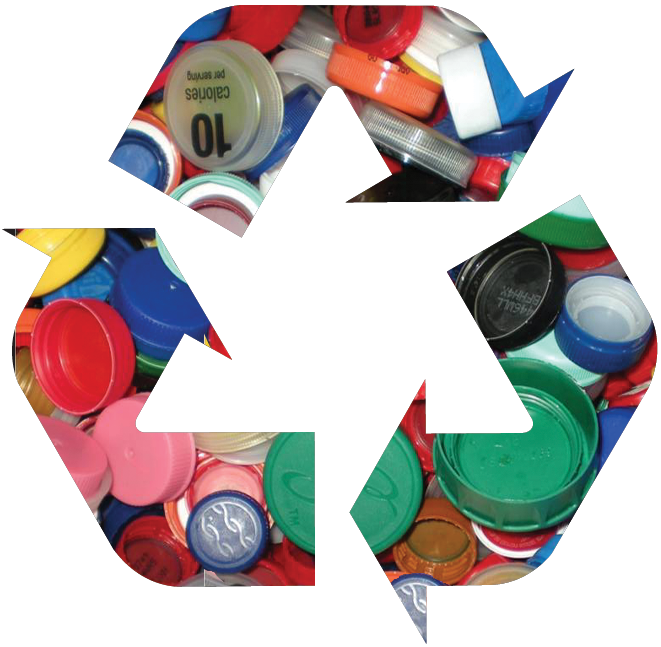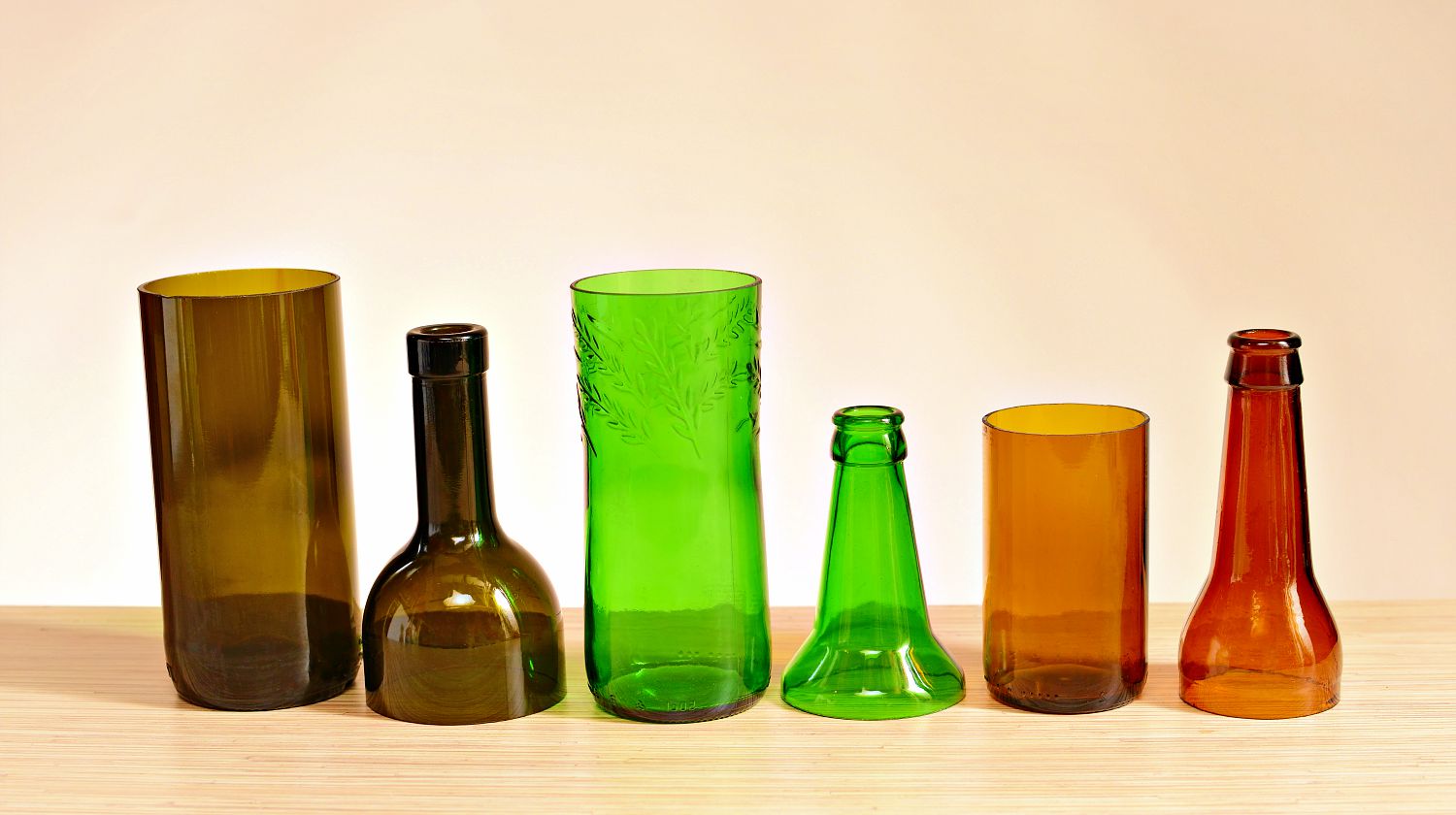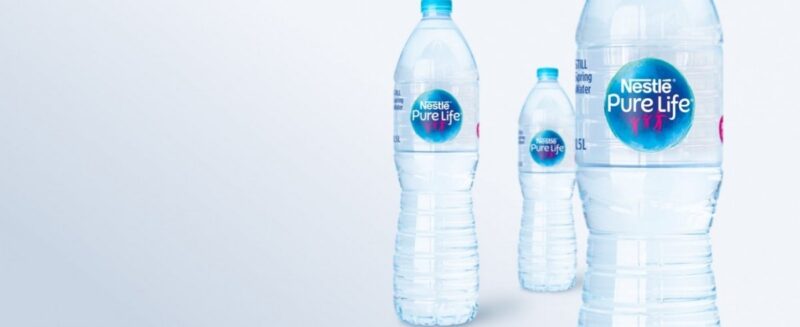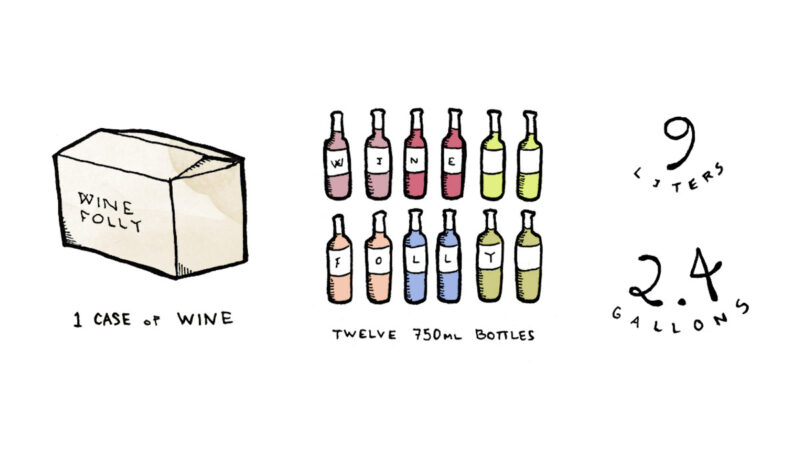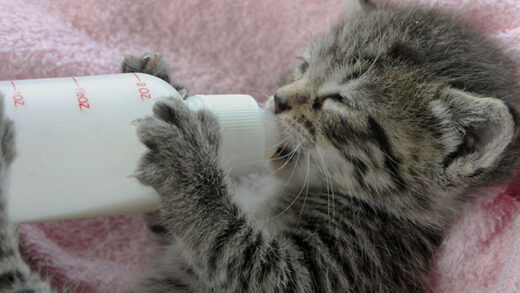There could be mold, germs, and accumulation in your water container. It can be challenging to know how to clean water bottles because there are so many different varieties available. To find out, please use our helpful guide.
Table of Contents
What You’ll Need When Washing
- Dishwashing liquid
- Bottlebrush
- Straw cleaners
- Bleach (optional)
- Vinegar (optional)
- Water bottle cleaning tablets (optional)
- Paper towel or clean dish towel
3 Techniques of Water Bottle Cleaning
Dishwasher-safe water bottles include some. If so, place yours in the dishwasher after each cycle. Even if the bottle’s base can be put in the dishwasher, the lid might not be able to. Use these basic cleaning supplies if your water bottle isn’t dishwasher-safe to get the job done.
- Dishwashing liquid
Warm, soapy water will work for regular washings. Add a few drops of liquid dish detergent to the hot water that has been added to the empty water bottle. The water should start to bubble once you replace the cap and shake the container vigorously. Remove the suds, and then use a bottle scrub brush to scrub the entire bottle from top to bottom. Don’t forget to wash the bottle’s exterior and bottom as well. After cleaning, rinse your water bottle in warm water until there are no longer any soap bubbles present, and then completely let it dry. Clean the lid both inside and out, giving special care to the mouthpiece or spout opening.
- White Vinegar, distilled
Our preferred go-to cleaning solution is vinegar. Fill your water bottle halfway with equal parts vinegar and water to use as a cleaning solution. Reattach the cap, give it a few shakes, and then leave it with the solution overnight. Make sure to properly clean the bottle and lid with warm water the following day to get rid of any remaining vinegar. Launder them. A stainless steel water bottle can be cleaned effectively using this method.
- Bleach with baking soda
Consider cleaning your water bottle with bleach for tough stains and mildew. In your water bottle, combine a teaspoon of bleach with a teaspoon of baking soda. the remaining space with water. Clean the cap’s interior and outside using the same solution. The following morning, thoroughly rinse your water bottle with warm water. We advise putting your bottle through a cycle in the dishwasher if it is dishwasher-safe, then letting it air dry.
Different Types of Water Bottle Lids and How to Clean Them
Reusable straws, BPA-free materials, insulated double-wall interiors, and other gizmos are standard on new water bottles. These features do, however, have unique cleaning problems. When conventional cleaning methods are simply insufficient, follow these instructions to clean specific types of water bottles.
- A Water Bottle with a Bite Valve: How to Clean It
Water bottles with straw-equipped lids and soft plastic bite valves are excellent for preventing spills during exercise. That useful characteristic, meanwhile, can also be a severe source of mold and bacteria. CamelBak recommends removing the soft plastic bite valve from the lid before cleaning it. Put the bottle’s individual parts in the dishwasher and let it go through a cycle. Reach into the valve with a cotton swab or straw brush and warm, soapy water. Allow it to completely dry after cleaning before reassembling.
- A Tumbler Using a Straw: How to Clean It
The majority of tumblers may be cleaned in a dishwasher or using the aforementioned water bottle cleaning techniques. But special attention must be given to reusable straws. We advise investing in a set of straw brushes. When it’s time to clean your tumbler straw, rinse it in warm water, dab your straw brush with a little dish soap, and start cleaning both the inner and exterior. You can add baking soda, which will act as an abrasive if that isn’t doing the trick.
- A Travel Mug: How to Clean It
Hot beverages are normally consumed in travel mugs, however, the same flip-top lid is utilized by other water bottle manufacturers. Use the top rack of the dishwasher if you intend to wash your travel mug there. However, you should wash it by hand if it is insulated. Remove the rubber seal around the base of the lid and wash it with warm, soapy water. The lid can be a breeding ground for mold, so make sure you clean it thoroughly.
Methods to Keep Bottles Clean
At the end of the day, dispose of any unused water.
Every day, wash water bottles in warm, soapy water. Some water bottles can be cleaned thoroughly in the dishwasher; if this is the case, do so.
Bi-carb (baking soda) or vinegar are good options if your water bottles require a more thorough cleaning. Avoid using bleach because it smells bad and should not be consumed.
if there are apparent black mold patches on a bottle. After washing and scrubbing the mold away, follow one of the comprehensive cleaning procedures listed below.
Is It Possible to Put A Water Bottle in The Dishwasher?
That is dependent on a few elements. Even while the majority of Nalgene and Hydro Flask water bottles may be put in the dishwasher, you should always verify the product information before doing so, especially if the bottle is made of plastic, which might melt and potentially contain BPAs. If the manufacturer gives you the go-ahead, you should still put it on the top rack because there is less possibility of the cap or other minor parts disappearing there and because the temperature is lower.
Even so, you might wish to wash your water bottle by hand even if it is dishwasher safe. Imagine the bumper of your crunchy aunt’s Prius when you think of how many stickers I myself have on my Nalgene. Some of them have faded or torn as I’ve run my bottle through the washing machine. Additionally, germs and fungi may be able to hide beneath the rubber of the sealing ring of a bottle’s cap (which could also be compromised in the dishwasher). Your best bet for actually getting rid of the bad material is to take the ring off and dig inside using dishwashing solutions and a sponge or brush.
Cleaning our water bottles is vital in our daily life, hope the above articles are helpful to you!
Read More: How to Clean Old Bottles?

